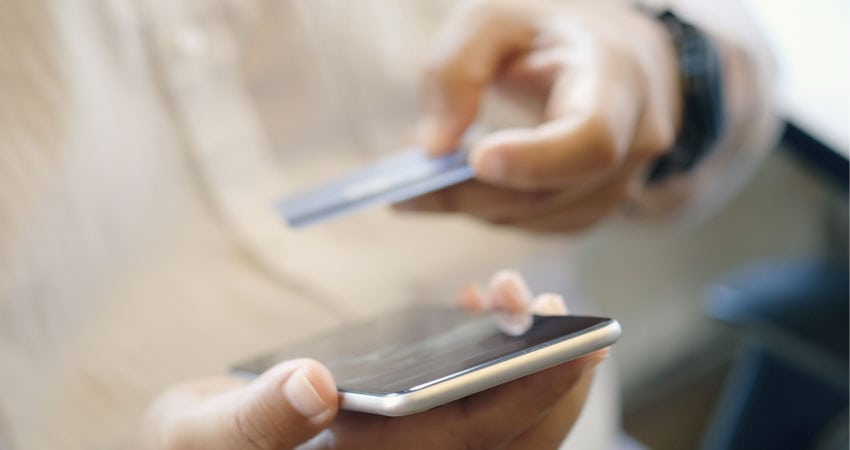Traditional brick-and-mortar retailers have faced an uphill battle trying to compete with online retailers. However, for all of the ease of use that comes with online shopping, there are key components to the purchase process that are missing. For instance, customers often want to touch and feel new products to get a sense of how they work. This can only be ever done on-site in a physical store.
Traditional retailers we’ve worked with understand that customers often desire more product information with many also wanting to comparison shop while they’re in the store. Enlightened retailers such as these are adopting mobile apps designed to simplify the customer experience and improve the customer journey. Just as important is that these mobile apps give traditional retailers a competitive advantage over ecommerce sites.
Online shopping misses the “it” factor
Until recently, shoppers had to physically go into a store to see a product, get a demonstration of how it functioned, and then go off on their own to comparison shop for features and pricing. With the rise in one-size-fits all ecommerce sites, customers could shop online anywhere and at any time offering a heightened level of convenience. However, a key asset was lost along the way. Gone was the personal service, insight and assistance of sales clerks. Not that everyone wanted to be bombarded by sales clerks pushing a particular product. But while the shift to online retailing made some parts of the purchasing process easier, it also put a burden on customers to do their homework and find out as much product information as possible.
In addition, there are many products that customers need to view at the store to get a better sense of what that product offers. For instance, it’s hard to purchase audio speakers online when you can’t listen to how they sound.
Mobile apps change the customer experience
Traditional retailers were required to innovate in order to compete with the ease-of-use benefit of online retailers. We’ve worked with multi-national brands including McDonald’s India, JCPenney and Walmart, to develop mobile apps that leverage new technology which aim to not only provide a superior customer experience, but to increase customer loyalty.
For traditional retailers to compete with ecommerce, they need to differentiate and provide a superior customer experience. Here are three examples of how mobile apps have changed the customer experience for traditional retail stores:
- Barcodes & QR codes: Customers who visit traditional retail stores tend to want to learn more about potential purchases. But store clerks can be biased towards specific products. Using mobile apps that take advantage of barcodes and QR codes gives shoppers the tools to learn more about the brands or products they are considering while they are physically in the store. Empowering customers with current, unbiased information helps promote confidence in purchases.
- Beacons: Similar to barcodes and QR codes, beacons can provide customers with a more satisfying experience while in the store. For instance, we’ve helped a national home improvement retailer deploy a mobile app that acts as an indoor positioning system that pinpoints the customer’s location and guides them to the product they are looking for.
- Augmented Reality (AR): According to research by Digital Bridge, almost 70 percent of consumers expect retailers to launch an AR app in the first half of 2018. Why? By scanning a picture of the product, the mobile app shows updated product details, customer reviews and competitive pricing. For example, we worked with a toy manufacturer that creates books and dolls for young girls and we developed a mobile app that helps their users unlock interactive experiences and exclusive content by scanning their products with the device camera. This lets them bring their stories to life and access much more content than can be packed into a book or toy.
Superior customer experience drives customer loyalty
While only a few years ago it may have seemed that online shopping was to usher in the demise of traditional brick-and-mortar, stores that added mobile apps to their sales process are playing right into their customer’s hands. According to a survey of over 500 mobile shoppers by Clutch, “Consumers are using e-commerce apps, and they’re looking for features that go beyond browsing and buying. Consumers want an easy, frictionless, and entertaining experience when using apps.”
By incorporating barcodes/QR codes, beacons and augmented reality, retailers have equipped customers with more product information than ever before, so assisting customers to make more informed buying decisions. This personal touch has given brick-and-mortar retailers a new advantage over online shopping and has forever changed the buyer’s experience.
Ravi Teja Bommireddipalli is the Chief Executive Officer of Robosoft Technologies

